 Your new post is loading...
 Your new post is loading...

|
Scooped by
Gust MEES
|
Available completely free of charge, DesignSpark Mechanical is a new and powerful 3D modelling software tool that is very easy to learn and provides a highly intuitive user experience to help engineers create design concepts in 3D faster than ever before. Developed in conjunction with SpaceClaim, the leading provider of flexible and powerful 3D modelling software for engineers, DesignSpark Mechanical overcomes two major barriers to entry faced by potential users that are new to 3D design: prohibitive cost and the considerable investment in learning time associated with traditional 3D CAD tools. Learn more / En savoir plus / Mehr erfahren: http://www.scoop.it/t/21st-century-learning-and-teaching/?tag=Ideas+for+makerspaces

|
Scooped by
Gust MEES
|

|
Scooped by
Gust MEES
|
Across Australia some of these ideas are being put into practice. Some schools have dropped the notion of year levels to enable them to meet children at their point of need and acknowledge that not all students learn at the same pace.
Computer programs are enabling instruction tailored to the student by assessing where they are at and providing a tailored curriculum.
Capabilities , such as personal and social capability and critical and creative thinking, are being embedded in the curriculum. Work is under way to develop assessment measures. Teachers across Australia are working on developing new models of practice to support this approach.
We need to accelerate the change. We are wasting too much of students’ learning time and are failing to amplify their talents. To continue along the current path is increasingly unscientific, unjustifiable and plain dull. Learn more / En savoir plus / Mehr erfahren: https://gustmees.wordpress.com/2014/10/03/design-the-learning-of-your-learners-students-ideas/ https://gustmees.wordpress.com/2015/07/19/learning-path-for-professional-21st-century-learning-by-ict-practice/
Via Kim Flintoff

|
Scooped by
Gust MEES
|
Learning by Doing
Education, like life itself, should not be a spectator sport. Merely listening or even reading may create the illusion of learning, but without active engagement, retention of course material, or the ability to apply it, is laughably low. Students who engage in hands-on activities understand concepts more deeply and remember them more accurately.
Project-based, case-based, and team-based learning and problem-solving are activity-based approaches to teaching and learning, allowing students to become creators of knowledge rather than mere recipients of knowledge.
Students might annotate a text or play or work of art, map and analyze data, visually represent change over time, document a neighborhood or community. The web can then make student projects and research publicly accessible.
By learning by doing can take even richer forms. A solver community brings together students and faculty to “crowdsource” innovative solutions to the critical challenges of our time. Tackling a real-world challenge is a proven way to nurture a community of engage, creative learners. One of the broader goals is to transform a class of students into a knowledge network, an ongoing community that can continue to partner and share expertise and insights.
Then there are maker spaces. These are innovation greenhouses, incubators, or accelerators where innovators – whether faculty, students, staff, or others from outside the campus – can work individually or collaborative on projects in a supportive environment.
A new kind of student populates many campuses defined not by demographic characteristics, but by mindset and aspirations. Extraordinarily entrepreneurial, these students, in their spare time, create apps, found start-ups, and devise creative solutions to a host of pressing environmental, health, and technology problems. Learn more / En savoir plus / Mehr erfahren: https://gustmees.wordpress.com/2015/07/19/learning-path-for-professional-21st-century-learning-by-ict-practice/ https://gustmees.wordpress.com/2014/10/03/design-the-learning-of-your-learners-students-ideas/

|
Scooped by
Gust MEES
|
|

|
Scooped by
Gust MEES
|
Of course, before I share this with you, I also want to remind you that I am quick to embrace and celebrate an ecosystem of diverse schools. What I describe below is neither the best or only way to create an amazing school curriculum. Yet, I can write with confidence that this would certainly contribute to a rich, engaging and rewarding school experience; one that gives ample voice and choice to learners while challenging them to grow in character, competence, confidence, and purpose.
What is Curriculum?
The word “curriculum”, as best as I can tell, comes from the idea of a race course. It is a course of study, a pathway that leads to some destination. Yet, others simply define it in the broadest sense as everything that goes into a student’s learning experience in a formal education program. Traditionally, people thought of the curriculum in terms of content, assessments, resources (like books and other readings), teacher-guided lessons and learning experiences, and the like. Yet, more recently, much conversation about curriculum focuses upon standards, outcomes, resources, and assessments; the items that we frequently see in curriculum maps. Learn more / En savoir plus / Mehr erfahren: https://gustmees.wordpress.com/2016/07/03/reflections-on-a-professional-strategy-for-eskills-eleadership/

|
Scooped by
Gust MEES
|
“When we have a rich meta-strategic base for our thinking, that helps us to be more independent learners,” said Project Zero senior research associate Ron Ritchhart at a Learning and the Brain conference. “If we don’t have those strategies, if we aren’t aware of them, then we’re waiting for someone else to direct our thinking.”
Helping students to “learn how to learn” or in Ritchhart’s terminology, become “meta-strategic thinkers” is crucial for understanding and becoming a life-long learner. To discover how aware students are of their thinking at different ages, Ritchhart has been working with schools to build “cultures of thinking.” His theory is that if educators can make thinking more visible, and help students develop routines around thinking, then their thinking about everything will deepen.
His research shows that when fourth graders are asked to develop a concept map about thinking, most of their brainstorming centers around what they think and where they think it. “When students don’t have strategies about thinking, that’s how they respond – what they think and where they think,” Richhart said. Many fifth graders start to include broad categories of thinking on their concept maps like “problem solving” or “understanding.” Those things are associated with thinking, but fifth graders often haven’t quite hit on the process of thinking. Learn more / En savoir plus / Mehr erfahren: https://gustmees.wordpress.com/2015/07/19/learning-path-for-professional-21st-century-learning-by-ict-practice/ https://gustmees.wordpress.com/2014/10/03/design-the-learning-of-your-learners-students-ideas/

|
Scooped by
Gust MEES
|
|



 Your new post is loading...
Your new post is loading...



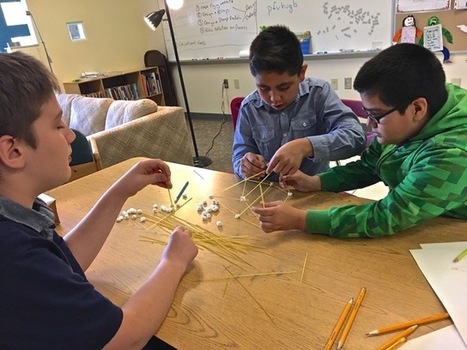


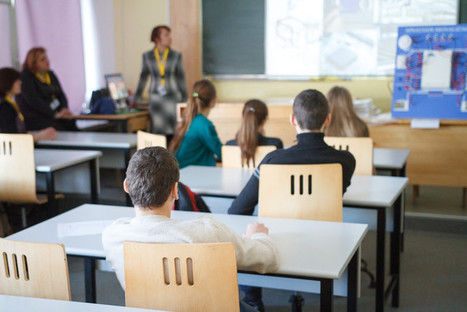






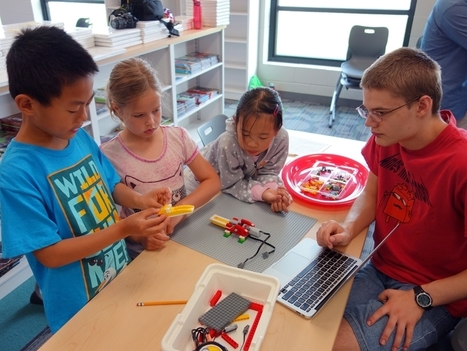
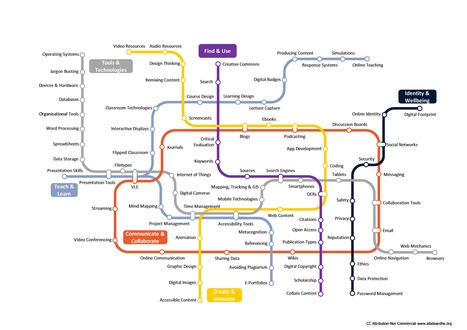






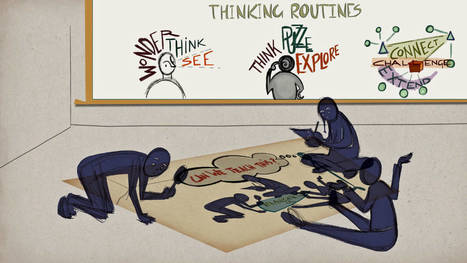








Available completely free of charge, DesignSpark Mechanical is a new and powerful 3D modelling software tool that is very easy to learn and provides a highly intuitive user experience to help engineers create design concepts in 3D faster than ever before.
Developed in conjunction with SpaceClaim, the leading provider of flexible and powerful 3D modelling software for engineers, DesignSpark Mechanical overcomes two major barriers to entry faced by potential users that are new to 3D design: prohibitive cost and the considerable investment in learning time associated with traditional 3D CAD tools.
Learn more / En savoir plus / Mehr erfahren:
http://www.scoop.it/t/21st-century-learning-and-teaching/?tag=Ideas+for+makerspaces